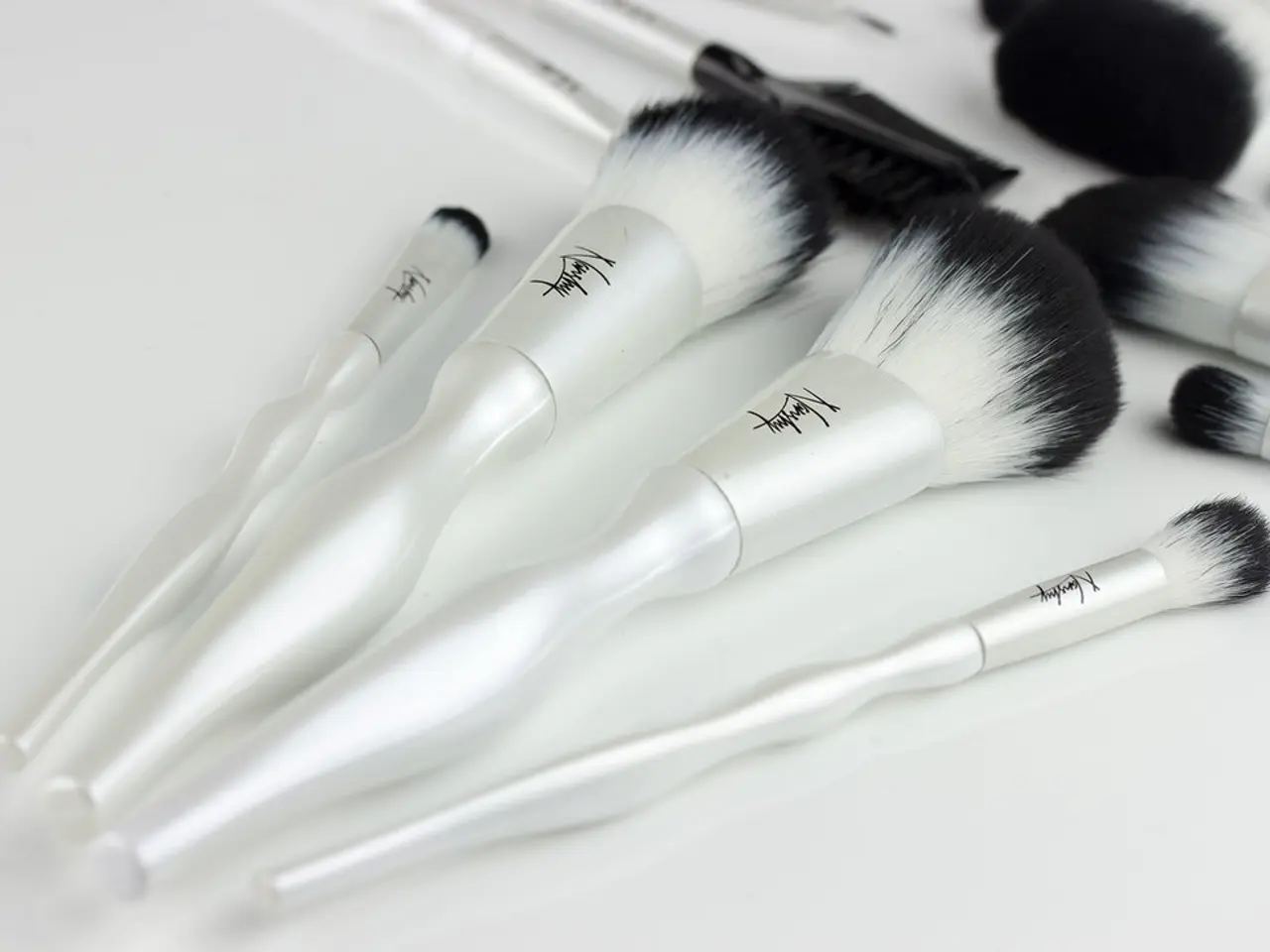Guidelines for Alleviating Sensory Discomfort during Hair Grooming
In the world of children with tactile sensitivities, everyday tasks like hair brushing can be a challenge. However, with a little patience and the right strategies, these tasks can become less stressful and more manageable.
Creating a predictable routine can help reduce anxiety for both the child and the parent. This might involve narrating each step in advance, such as "First, I'll spray your hair. Then I'll brush the bottom." [4]
Deep pressure techniques can also be beneficial. A firm shoulder squeeze, a short massage, or even a bear hug can prepare the body for hair brushing. [1]
When it comes to hair brushing, the right tools can make a significant difference. Look for soft, flexible bristles that glide gently over the scalp. Some recommended sensory-friendly hair tools include the Zyllion Scalp Massager Brush, Diane 100% Boar Soft Wave Brush, Scalp Massager Shampoo Brush, Wet Brush Original Detangler, Knot Genie Teeny Genie Electric Detangling Brush, Tangle Teezer Original Detangling Hairbrush, and Haircut Cape with Viewing Window. [1][4]
Pre-brushing preparations can set the stage for a smoother experience. Choosing unscented shampoo and using a detangle spray with a smooth glide can reduce frustration before the brushing begins. [1]
For children with tactile sensitivities, the environment can play a crucial role. Reducing competing sensory stimuli, such as minimizing loud noises or visual distractions, can help the child focus and feel less overwhelmed during hair brushing. [2]
Distracting with favourite activities, like watching a preferred show or listening to music, can help the child tolerate the brushing process more easily. [4]
Allowing the child some control during the process, like letting them try brushing first or counting during brushing, can increase their comfort and cooperation. [4]
For kids who struggle with haircuts or hair washing, breaking each task into smaller steps and reinforcing each one with praise or a preferred activity can create more success. [1]
If a social story is too long or advanced for your child, try using a visual schedule instead. [1]
A vibrating brush or scalp massager may help reduce discomfort by providing calming deep pressure input. [1]
Using a separate timer can help manage electronics during calming times of day. [1]
A social story is a book created about any activity that your child has challenges with, discussing what's going to happen, how it will feel, and the appropriate social responses. [1]
Shift to simpler tasks like brushing in small sections, doing a gentle scalp massage first, or using detangle spray during or after a shower to make brushing easier. [1]
The process often requires patience and trial and error, as sensitivity levels and preferences vary among children. [1] Implementing these strategies gradually and consistently may improve the hair brushing experience for children with tactile sensitivities. [1]
These combined approaches address both the tactile discomfort from hair brushing and the emotional distress or anxiety that can accompany the activity for children with sensory processing differences. [1][2][4]
In the realm of sensory-sensitive children, introducing concepts from education-and-self-development, like social stories, can help ease anxieties related to tasks such as hair cutting or washing. [1]
Personal-growth techniques, such as deep breathing exercises, can be implemented before tasks like hair brushing to help manage stress levels for both the child and the parent. [4]
Mental-health considerations should also be factored in, with an emphasis on promoting a positive mindset during challenging activities like fitness-and-exercise or skin-care routines. [2]
Parents can consider incorporating technology into their child's health-and-wellness routine, utilizing tools such as a vibrating brush or a timer app designed for career-development and productivity, to make tasks more manageable. [1]




